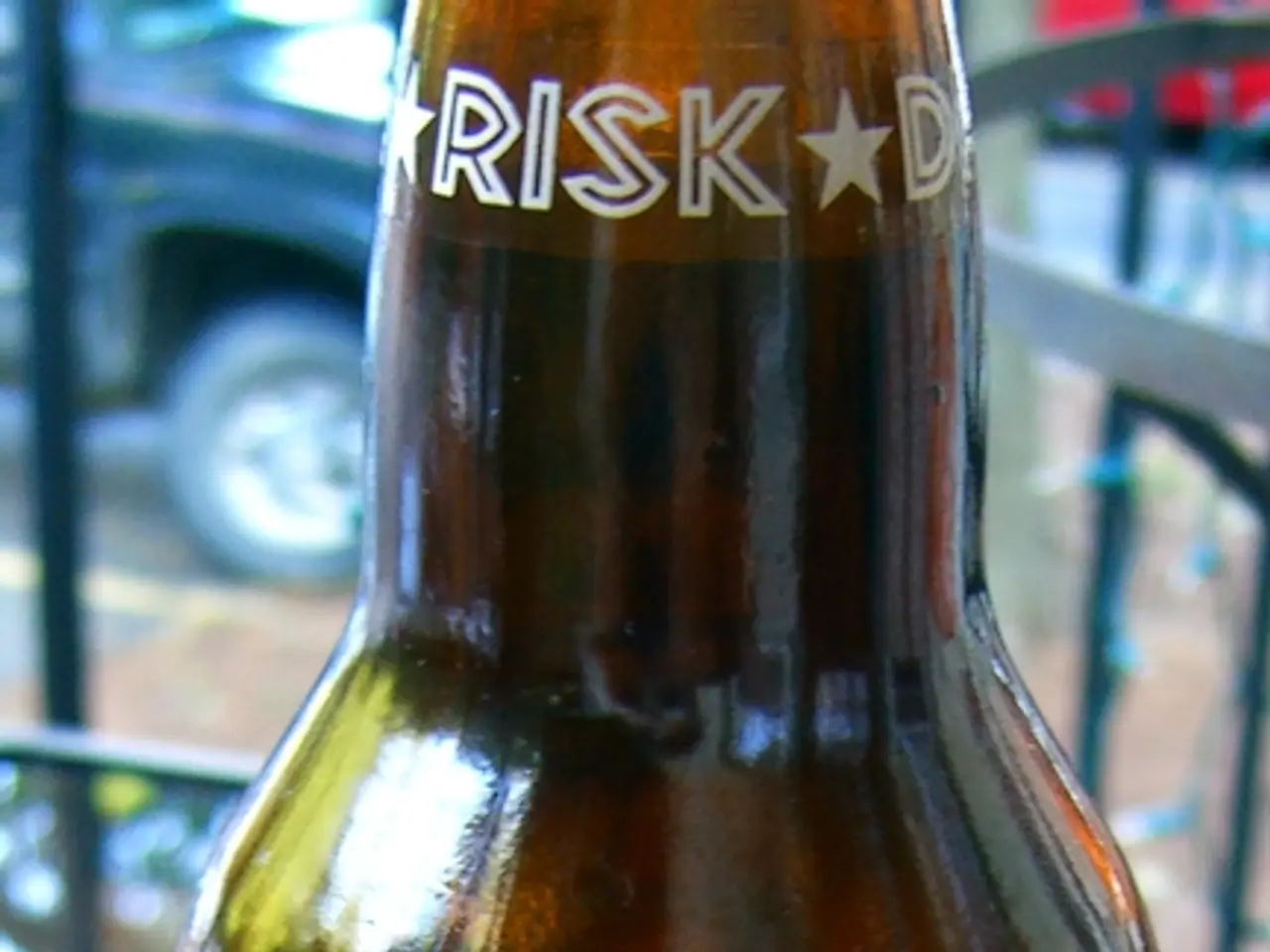Marlatt and Gordon's Approach to Relapse Prevention
The Marlatt and Gordon Relapse Prevention Model is a groundbreaking cognitive-behavioral framework that offers a dynamic perspective on relapse, viewing it as a process that unfolds over time rather than a single event. This innovative model has proven effective in various addictions, including alcohol, drugs, tobacco, gambling, and even eating disorders.
### Key Components
At the heart of the model lies the identification of high-risk situations, such as interpersonal conflicts, negative emotional states, or social pressure, where individuals may be vulnerable to lapses. Central to the approach is teaching clients coping skills to effectively manage these high-risk situations, thereby preventing lapses.
The model also addresses individuals' beliefs about the effects of substance use or behavior lapses, referred to as outcome expectancies, which can significantly influence relapse likelihood. Another crucial aspect is the Abstinence Violation Effect (AVE), a sense of guilt, shame, or failure that can arise after a lapse, potentially leading to a full relapse. The model teaches individuals to reframe the lapse and avoid catastrophizing the situation.
Lastly, building confidence in one's ability to resist urges, or self-efficacy, is essential to sustaining change.
### Real-life Applications
The Marlatt and Gordon model has found widespread implementation in clinical settings, particularly in relapse prevention programs. For instance, a study described a 16-session group program led by psychologists and psychiatrists that applied the Marlatt and Gordon cognitive-behavioral relapse prevention approach within a broader multimodal treatment for alcohol dependence[1].
Beyond substance use, the model guides management of lapses in eating disorders, supporting clients through the relapse process and helping prevent full relapse[4]. The framework is also employed in therapeutic work where clients learn new skills and need to plan for setbacks, making relapse management an integral part of treatment across various conditions[3].
Often, the model is combined with pharmacological treatments, motivational interventions, and social skills training to create comprehensive relapse prevention plans[1].
In summary, Marlatt and Gordon’s model provides a structured, evidence-based approach to understanding and preventing relapse by focusing on identifying risks, enhancing coping, managing lapses constructively, and strengthening self-efficacy. Its applications span addiction, eating disorders, and other areas requiring behavior maintenance strategies[1][3][4].
- The model emphasizes the importance of identifying high-risk situations, such as interpersonal conflicts, that may trigger lapses in a healthy lifestyle, not just addictive behaviors.
- In applying the Marlatt and Gordon model, emotions play a significant role in predicting relapse likelihood, as individuals' beliefs about the effects of lapses can influence their outcomes.
- Mindfulness, as a coping skill, is central to the model's approach, helping individuals manage high-risk situations and preventing lapses towards unhealthy behaviors.
- The science of psychology, particularly the study of human emotions and behavior, serves as the foundation for the Marlatt and Gordon Relapse Prevention Model, which is effective in various health-and-wellness areas, including fitness-and-exercise and mental-health.
- Nutrition also falls under the model's scope, as managing lapses effectively in eating disorders is achievable with the Marlatt and Gordon model, which supports clients through the relapse process and helps prevent full relapse.




